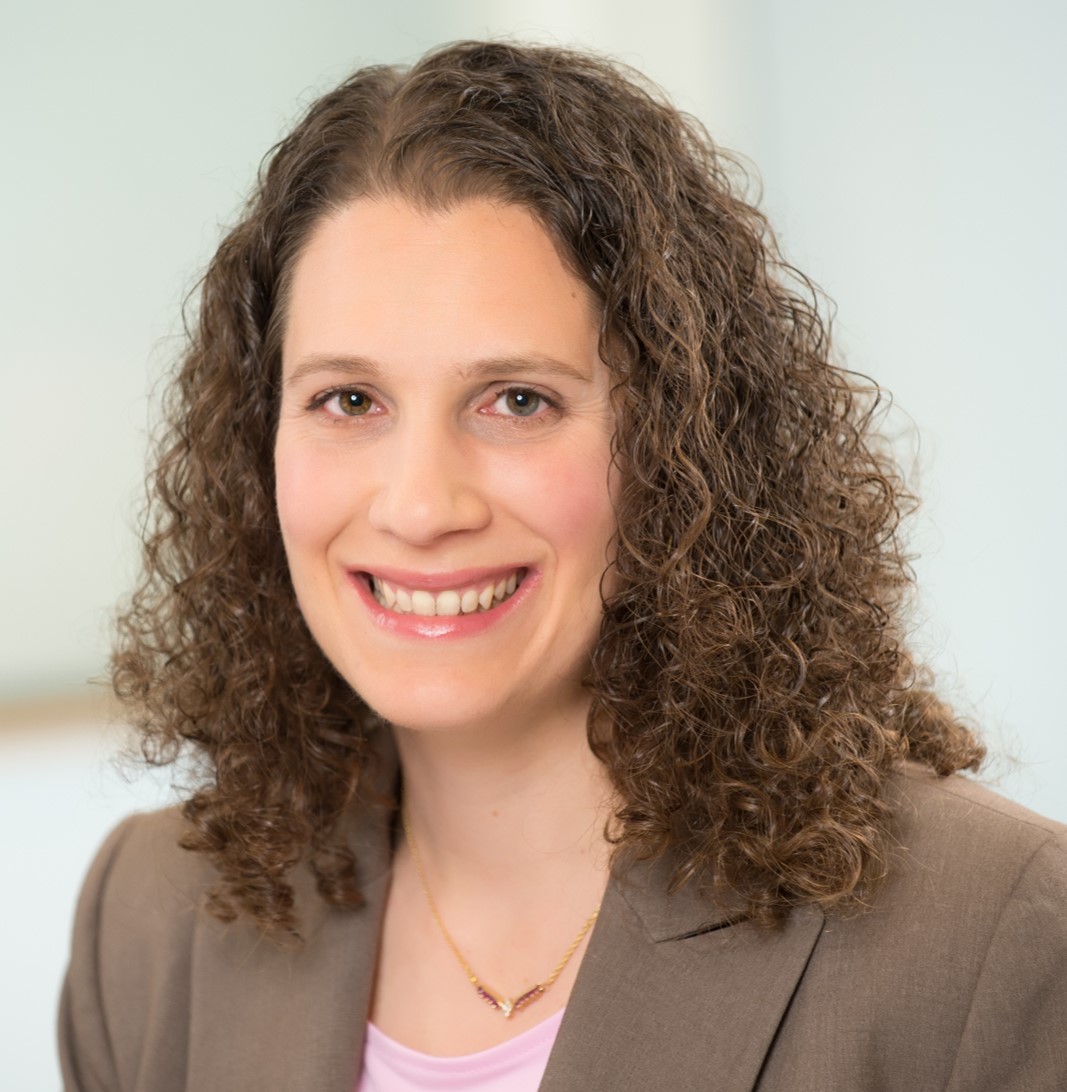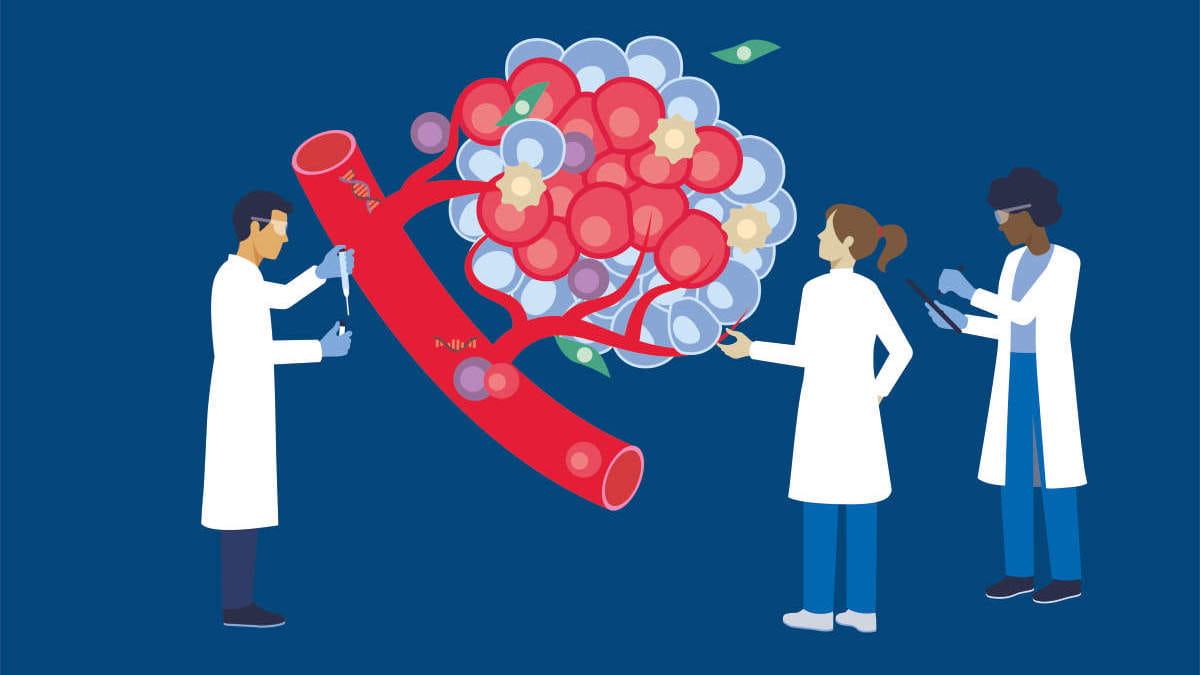As the cost of an individual genome becomes more attainable, laboratories in North America and Europe are experimenting with offering clinical exome and genome sequencing for oncology. In the second installment of our Advancing Clinical NGS series, Dr. Sheryl Elkin, Chief Scientific Officer at QIAGEN Digital Insights, discusses the clinical utility, cost-effectiveness, and patient impact of implementing genome sequencing as a routine part of precision oncology care
The first human genome, sequenced through the Human Genome Project, took 13 years and cost 3 billion dollars, and its completion was announced in 2003 (1). This version of the human genome was not even complete: a draft version of the human genome was published in 2000, and the genome was filled in to 92% “completion” in April 2003. The true completion of the genome, from “telomere to telomere” was not achieved until nearly twenty years later, in 2022.
The sequencing of the human genome represents an enormous step in the understanding of human biology, both in terms of normal function and disease. However, at the time that the human genome project concluded, the idea that individuals could have their genomes sequenced for routine diagnostics, in a therapeutic timeframe, was nearly inconceivable.
Genome sequencing for oncology: Where are we?
In 2007, the cost to sequence a single human genome was still hovering around $10,000,000, with the cost decreasing on a slope comparable to Moore’s law. However, the commercial transition from Sanger (dideoxy chain termination) DNA sequencing to next generation sequencing (NGS) technology led to a substantial reduction in the cost of DNA sequencing, and by 2015, the first “$1000 genome” was achieved. In effect, though, the true and complete cost of genome sequencing was not reflected in the $1000, which does not include any of the costs of downstream analysis. The amount of data generated by the sequencing of a genome created enormous and costly analytic challenges.

Currently, genome sequencing as a diagnotistic tool in oncology is out of reach for the vast majority of patients. Yet, as the economics of genome sequencing continues to evolve, the technology further develops, for both the sequencing chemistry and the data analytics required to make sense of the information. As a result, laboratories in North America and Europe are starting to experiment with offering clinical exome and genome sequencing for oncology.
In a new white paper, Dr. Sheryl Elkin, CSO of QIAGEN Digital Insights, examines the opportunities and challenges of implementing exome and genome sequencing for oncology. Click the button below to read the full paper.

